Sweeeet!
It looks grand! I love the slate arch, it is going to look very cool Dmun. You do nice work. The blocks on the exterior of your house look like a stone veneer that should be very easy to match up. I have seen a lot of stone like that around and it looks really sweet. Nice stuff and good work lad.
Chad
It looks grand! I love the slate arch, it is going to look very cool Dmun. You do nice work. The blocks on the exterior of your house look like a stone veneer that should be very easy to match up. I have seen a lot of stone like that around and it looks really sweet. Nice stuff and good work lad.
Chad






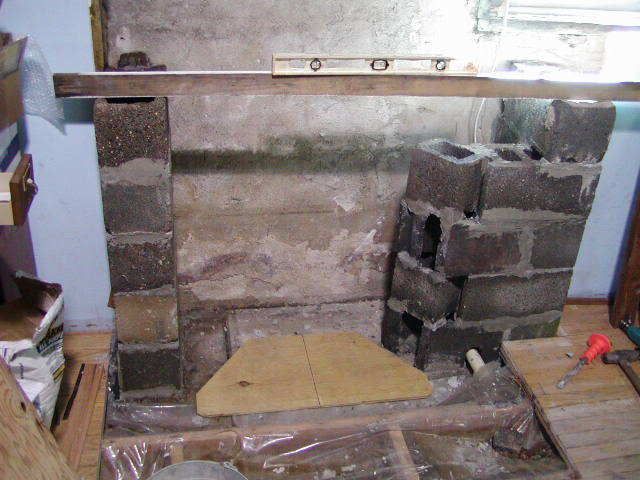


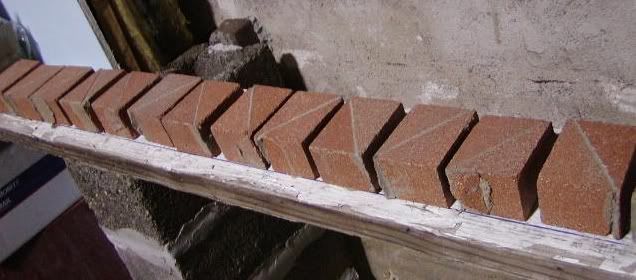
















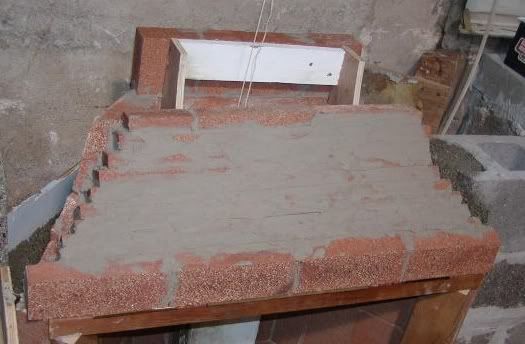



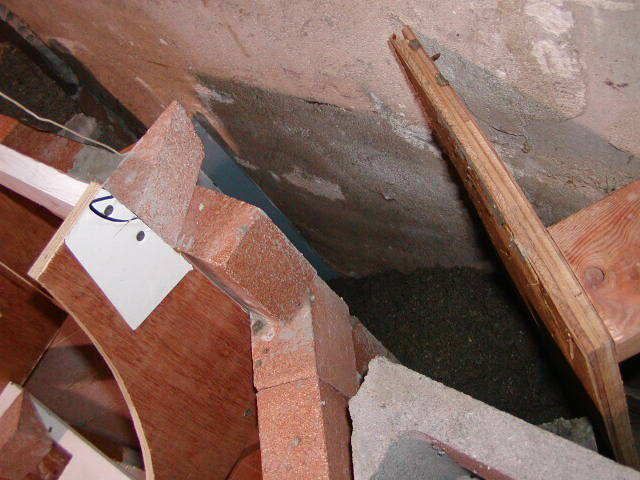
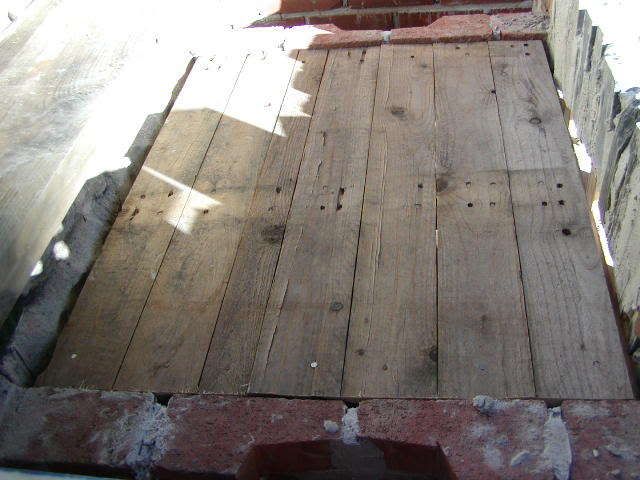




Comment